There’s something truly magical about seeing your photography printed and hanging on the wall. Pixels on a screen are one thing, but when your image is printed on a physical medium—whether it’s canvas, metal, or fine art paper—it suddenly takes on a new life. Every brush of texture, every shade of color becomes tangible. That’s exactly why print reviews like this one matter: they help photographers and art lovers alike decide where to invest their hard-earned money when it’s time to turn digital images into something real.
This time, we’re looking at a framed canvas print from Lumaprints, a company that has built quite a following among photographers for their quality craftsmanship and attention to detail. Over the past few months, Lumaprints has been one of the most requested companies to review, and for good reason. They offer an array of print options—from traditional fine art paper to large-scale canvases—and they’ve earned a reputation for combining solid quality with reasonable pricing.
In this review, we’ll unbox and examine Lumaprints’ framed canvas from top to bottom. From packaging and protection to print quality, frame construction, and color accuracy, you’ll get a clear sense of what to expect. And, as always, this isn’t just a surface-level review—it’s a detailed, hands-on look that photographers can trust when considering where to print their next masterpiece.
Table of Contents
- First Impressions of Lumaprints’ Packaging
- Protective Design: Foam Corners and Smart Safeguards
- The Reveal: First Look at the Framed Canvas
- Build Quality: Frame, Hardware, and Construction
- Canvas Tension and Print Surface
- Color Accuracy and Image Quality
- Ease of Hanging and Display
- Value and Customer Experience
- Why Lumaprints Deserves a Place in Your Studio
- FAQ
First Impressions of Lumaprints’ Packaging
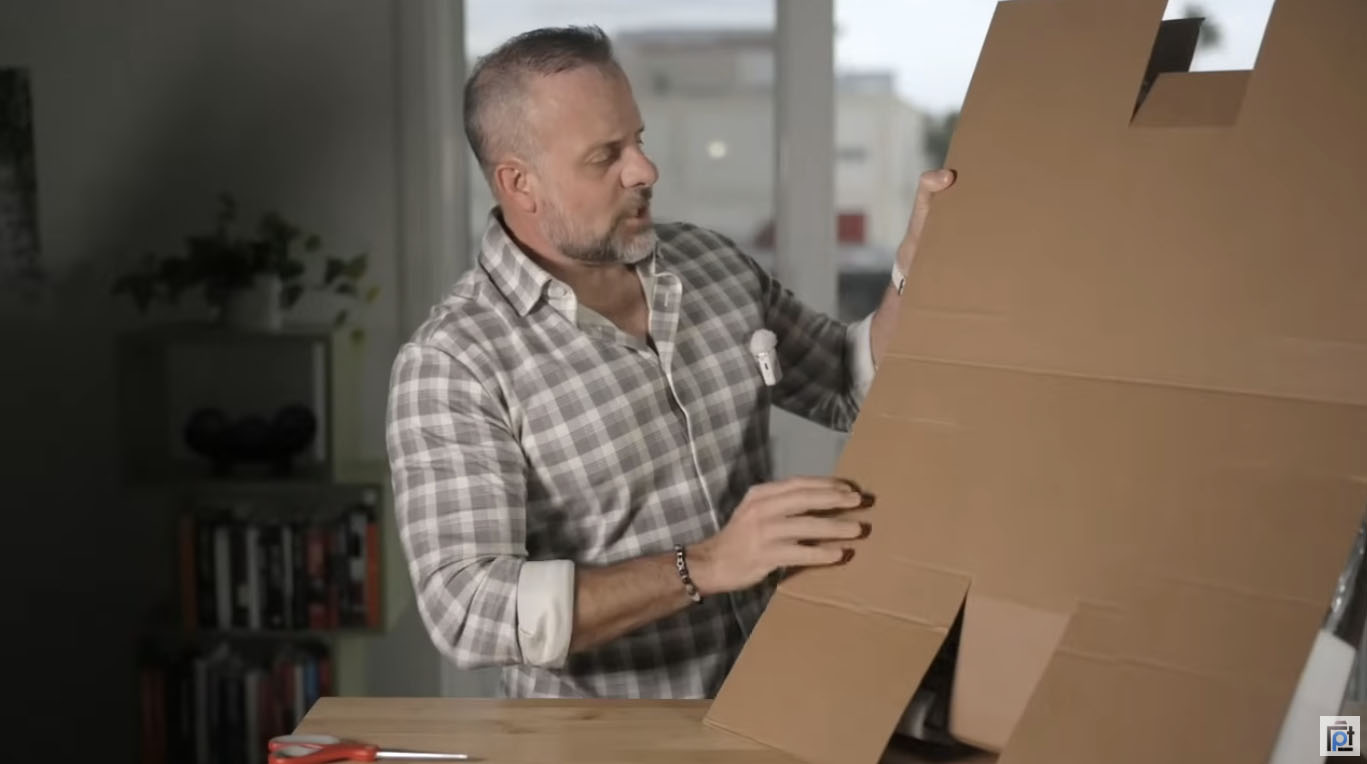
The excitement of unboxing a new print never really fades. When the Lumaprints package arrived, it immediately gave a sense of care and precision. The box itself wasn’t overly heavy-duty, but it didn’t need to be. What mattered was what was inside—and that’s where Lumaprints’ packaging really showed its value.
Inside the box, the framed canvas was sandwiched between sturdy cardboard panels that acted as shock absorbers. This kind of protective layering is crucial, especially when shipping during busy times like the holidays when carriers tend to handle boxes less delicately. It was immediately clear that Lumaprints designed its packaging to prevent damage, not just contain the product.
Compared to other print companies I’ve ordered from—some of which sent high-end fine art paper prints in flimsy envelopes—Lumaprints’ approach felt much more professional. They’ve struck a smart balance between protection and practicality, ensuring your print arrives safely without unnecessary bulk.
Even before revealing the artwork, the packaging alone instilled confidence that Lumaprints takes its craft seriously.
Protective Design: Foam Corners and Smart Safeguards
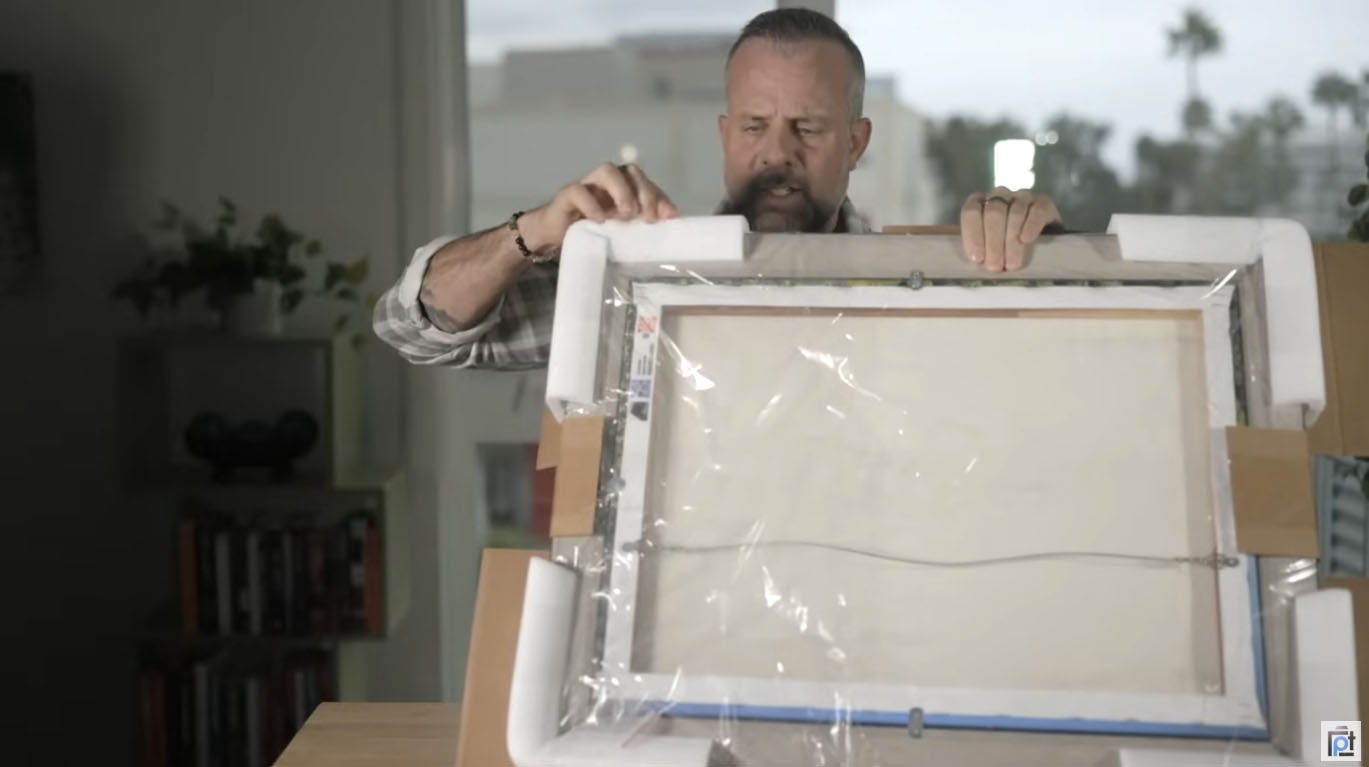
Digging deeper into the protective design revealed some clever engineering. Lumaprints uses a “skeleton” structure around the print—foam bumpers and reinforced cardboard that create space between the canvas and the outer box. This gap absorbs shocks during shipping, keeping the print surface pristine.
Each corner was protected with foam caps that not only kept the frame safe from impact but also prevented pressure points that could damage the corners. This might sound like a small detail, but anyone who has ever received a dented or scuffed frame knows how much it matters. With Lumaprints, every edge and corner was immaculate right out of the box.
This level of protection is something I wish more companies would adopt, especially for fine art paper prints, which are even more delicate than canvas. Lumaprints’ attention to packaging is the kind of thoughtful touch that signals professionalism and pride in their work.
The Reveal: First Look at the Framed Canvas
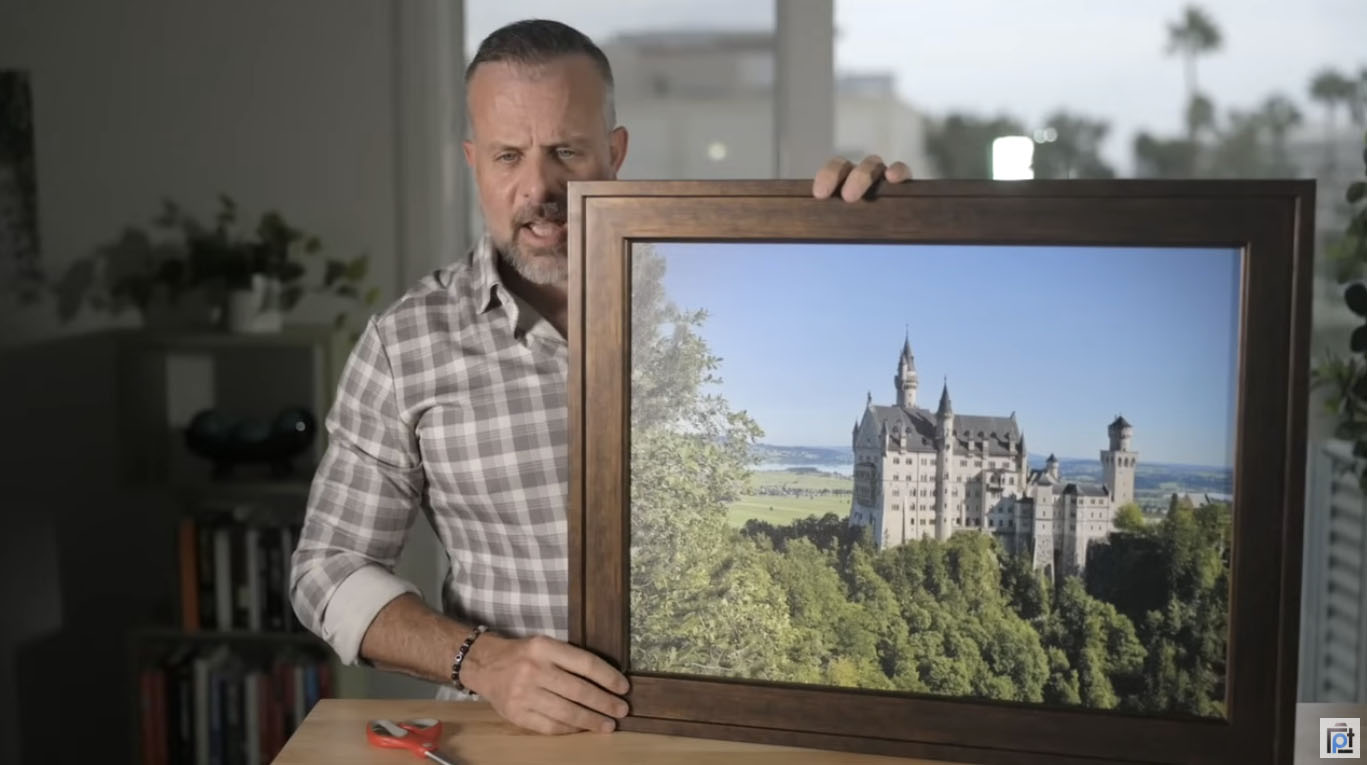
Once the final layer of wrapping came off, the framed canvas made its grand entrance. The first thing that struck me was the sheer quality of presentation. The frame had a satisfying weight to it—not overly heavy, but solid and well-constructed. The canvas surface was perfectly taut, and the colors immediately caught the eye.
The print featured a photograph of Neuschwanstein Castle, taken during a trip through Germany. The image itself was chosen for its range of tones: deep greens, bright blues, and intricate details that are perfect for testing a printer’s precision. Lumaprints handled it beautifully. The color palette looked natural and balanced, without the oversaturation that sometimes plagues cheaper prints.
It’s worth noting that Lumaprints also offers this same image on fine art paper, which would give a completely different tactile experience—more matte, more traditional. But as a framed canvas, it had a sense of depth and texture that made the image almost three-dimensional.
Unwrapping this print felt less like opening a product and more like unveiling a finished piece of wall art. It’s clear that Lumaprints understands presentation as part of the customer experience.
Build Quality: Frame, Hardware, and Construction

Flipping the print over revealed just how well-built the frame was. The wood felt sturdy and dense, not lightweight or hollow as some frames tend to be. The back featured heavy-duty hanging hardware—a coated steel cable anchored by strong screws on each side. This setup made me confident it could support the frame’s weight for years without issue.
Each side of the canvas was securely fastened with multiple staples—fifteen along the top edge alone—which helps maintain tension over time. The corners were neatly folded and stapled with precision. These details might seem small, but they separate a professional-grade product from a mass-produced one.
Compared to some companies that send out fine art paper prints in basic wood frames with loose backing, Lumaprints’ craftsmanship stands several steps higher. The care that went into stretching the canvas and securing the hardware shows they prioritize durability as much as visual appeal.
If you plan to deliver prints to clients or sell framed artwork, this level of presentation instantly elevates your work’s perceived value.
Canvas Tension and Print Surface
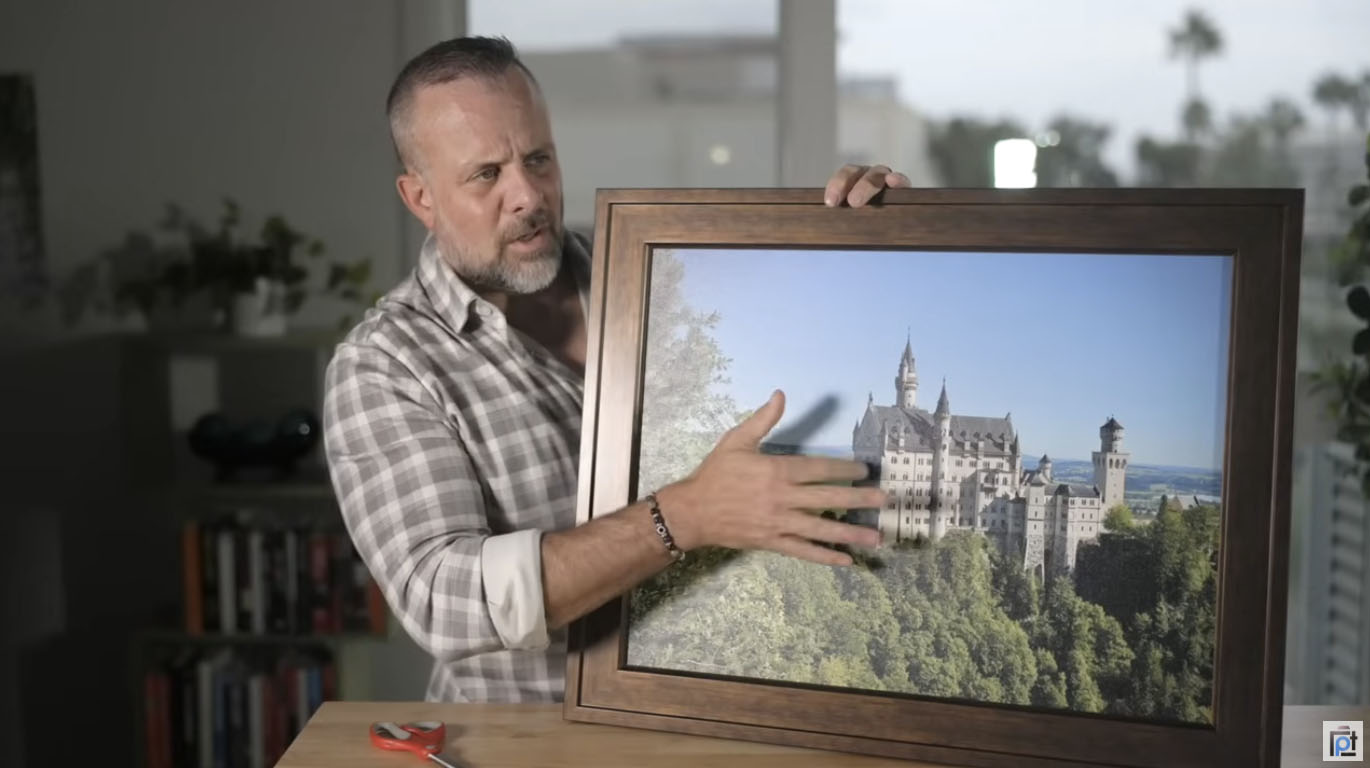
When assessing a canvas print, one of the first things I check is the tension. A properly stretched canvas should feel firm, almost like a drum when tapped. Lumaprints passed that test perfectly. The surface was tight and responsive, showing no sagging or uneven tension across the frame.
That tight stretch isn’t just a cosmetic detail—it helps maintain print sharpness and ensures the image stays true over time. Loose canvases can eventually ripple or distort under changing humidity conditions, but Lumaprints’ build quality made that concern nonexistent here.
This same precision is what you’d expect from a fine art paper print that’s professionally mounted. While the materials differ, the goal is the same: to preserve image integrity. Whether you’re printing on canvas or fine art paper, tightness, smoothness, and proper mounting define long-term quality.
It’s a detail many might overlook, but for photographers who care about their work’s longevity, it’s one of the most important factors to evaluate.
Color Accuracy and Image Quality
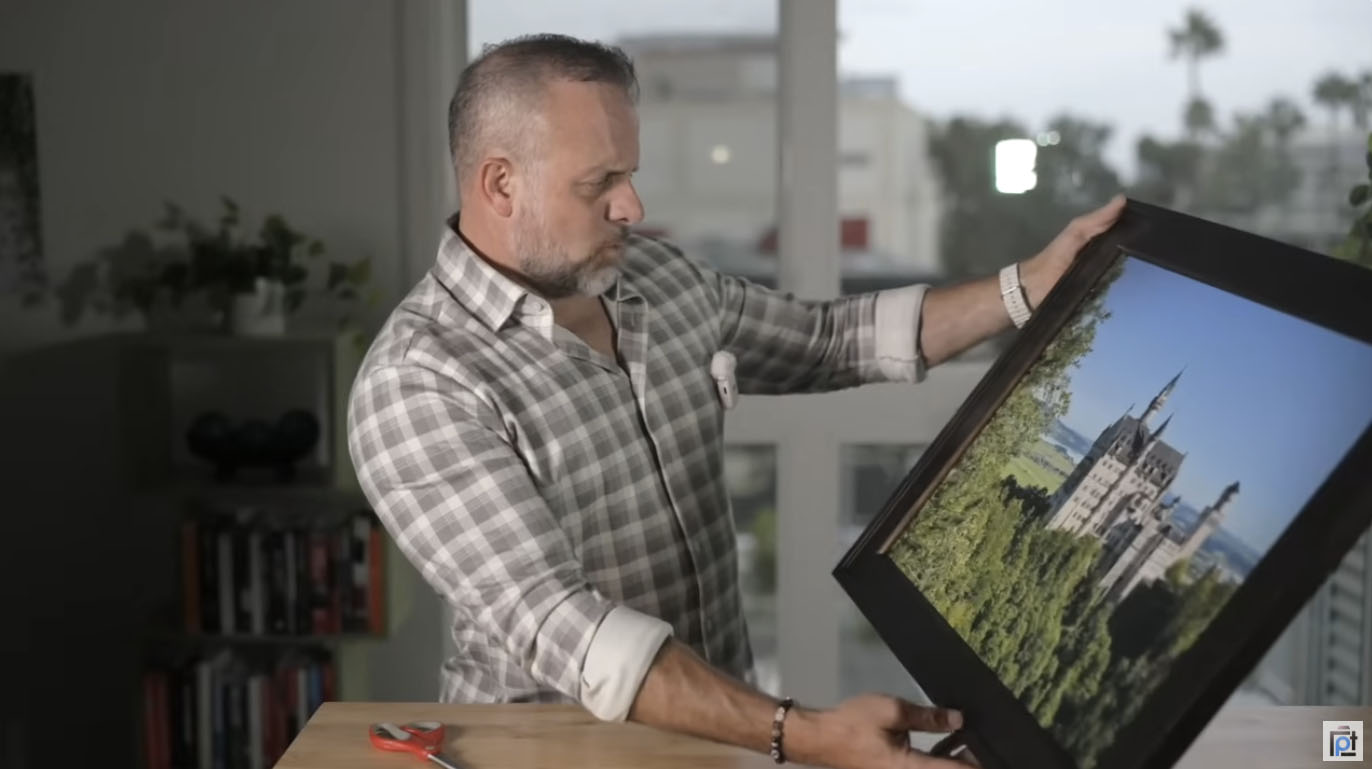
Color fidelity can make or break a print. With Lumaprints’ framed canvas, the color rendering was exceptional. The deep blues of the sky, the lush greens of the landscape, and the intricate architectural details of Neuschwanstein Castle all looked vibrant and natural. The tonal transitions were smooth, with no visible banding or pixelation.
Compared to a fine art paper print, canvas often produces slightly softer details due to its texture. However, Lumaprints managed to achieve excellent sharpness without sacrificing the natural feel of canvas. The colors also held their contrast well even under different lighting, which is a strong indicator of pigment stability.
Fine art paper remains the gold standard for photographers who want that traditional gallery look—a smooth matte surface that emphasizes subtle tonal range. But in this case, the canvas felt like the right choice. It enhanced the image’s depth and character while maintaining faithful color reproduction.
In short, Lumaprints nailed the balance between realism and texture. Whether you choose their fine art paper or canvas options, color accuracy clearly ranks high on their priority list.
Ease of Hanging and Display
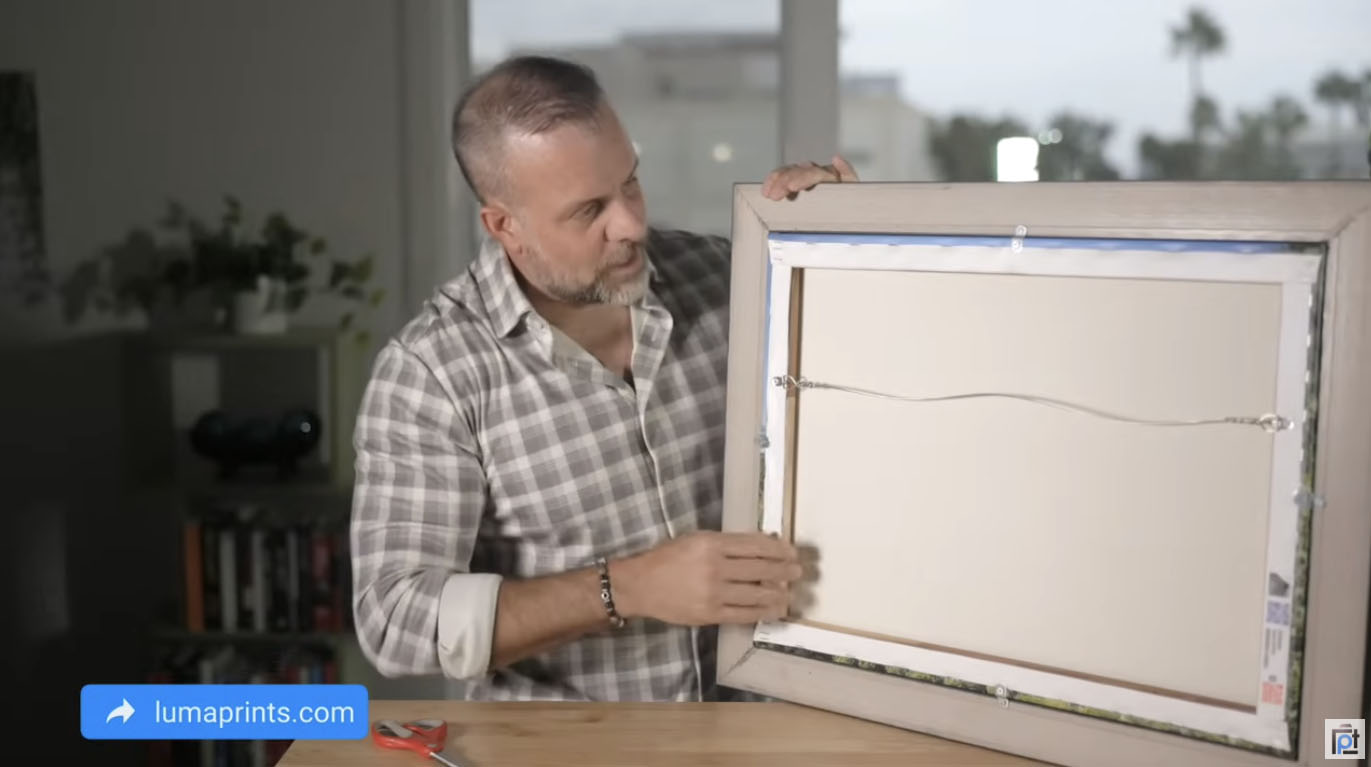
Once out of the box, setup was simple. Lumaprints includes a hook and nail along with the pre-installed hanging wire. Within minutes, the framed canvas was on the wall, level, and secure. The included hardware is sturdy enough to handle the frame’s weight without worry.
Hanging it was a reminder of how presentation transforms a space. The framed canvas instantly became a conversation piece, drawing attention without overpowering the room. The deep brown frame color paired beautifully with the castle scene, giving the print an elegant, timeless quality.
It’s worth noting that Lumaprints offers similar mounting ease with their fine art paper prints as well—especially those that come pre-matted or framed. Regardless of medium, they seem to prioritize user-friendly presentation that doesn’t require additional tools or guesswork.
For photographers or clients who want a ready-to-hang piece right out of the box, Lumaprints delivers exactly that.
Value and Customer Experience
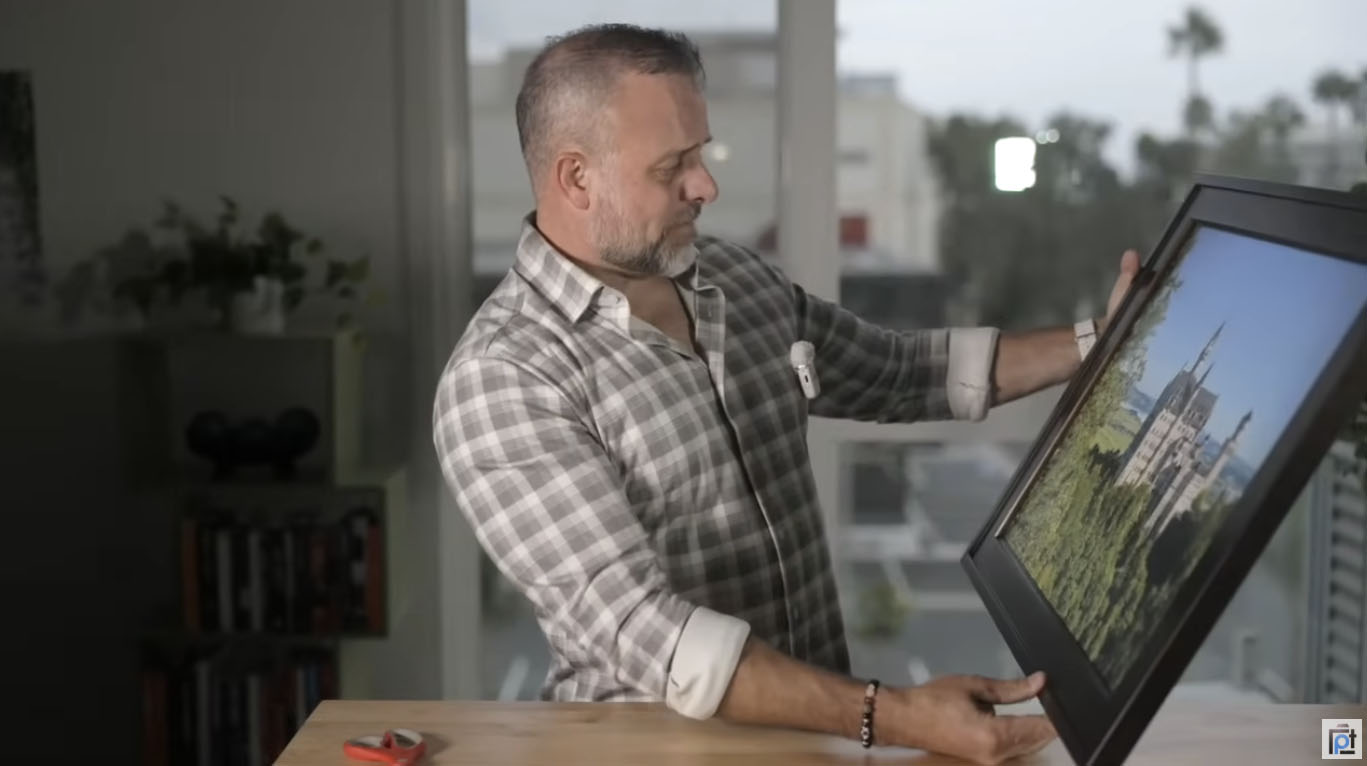
From a value standpoint, Lumaprints’ framed canvas sits in an excellent position. It offers professional-level quality at a price point that’s far from intimidating. Compared to many high-end labs that specialize in fine art paper prints, Lumaprints provides similar attention to detail for noticeably less cost.
They also give customers flexibility—offering everything from economy options to museum-grade fine art paper choices for photographers who want to push the quality envelope. That range allows artists to print for both personal display and client delivery without feeling financially stretched.
Ordering from Lumaprints was straightforward, and the turnaround time was quick. The communication and tracking updates were clear, making the process stress-free. It’s easy to see why so many photographers keep coming back to them for both fine art paper and canvas work.
Ultimately, Lumaprints proves that you don’t have to spend a fortune to get gallery-quality craftsmanship. The framed canvas—and likely their fine art paper offerings as well—represent genuine value for photographers who care deeply about their printed work.
Why Lumaprints Deserves a Place in Your Studio
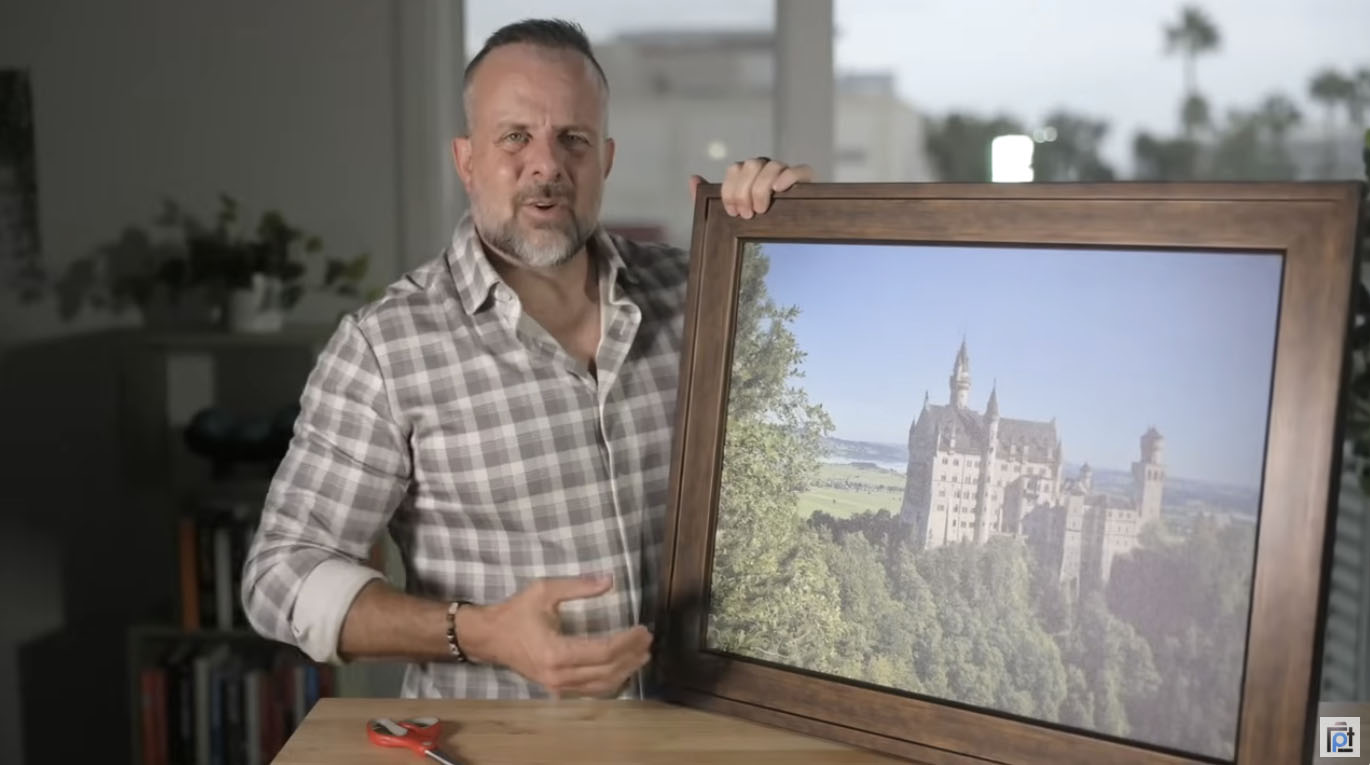
Every print you hang should remind you why you fell in love with photography in the first place. Lumaprints’ framed canvas manages to do exactly that. Between its excellent packaging, tight canvas tension, accurate colors, and premium frame construction, it checks all the right boxes for a print that looks and feels professional.
For photographers who prefer a softer, classic aesthetic, Lumaprints’ fine art paper prints are a fantastic alternative. They provide a different character—one that’s more tactile and painterly—but the same level of craftsmanship applies to both mediums.
Printing your work, whether on fine art paper or canvas, is one of the most rewarding things you can do as a photographer. It transforms your images into heirlooms, tangible reminders of your creative journey. Lumaprints makes that experience both accessible and gratifying.
If you’ve been considering turning your favorite shots into wall-worthy art, Lumaprints’ framed canvas is an easy recommendation. It’s a beautiful blend of craftsmanship, quality, and value that deserves a place in any creative’s space.
FAQ
Does Lumaprints offer fine art paper prints as well as canvas?
Yes. Lumaprints provides a variety of fine art paper options, including archival matte and textured watercolor papers, for photographers who prefer a more traditional look.
How does Lumaprints’ color accuracy compare to other print labs?
Color accuracy is excellent. The tones are balanced and true to the digital file, both on canvas and fine art paper, without signs of oversaturation or color shifting.
Is the framed canvas ready to hang out of the box?
Absolutely. Each framed canvas includes mounting hardware and arrives ready to display, making it quick and easy to hang.
How does canvas compare to fine art paper in terms of longevity?
Both are designed for durability. Fine art paper is archival and often rated for 100+ years when properly displayed, while canvas prints also offer long-lasting color stability.
Is Lumaprints a good choice for professional photographers?
Yes. Between their professional-quality fine art paper and framed canvas prints, Lumaprints provides consistent, gallery-worthy results suitable for both client and personal work.
Heads up: Clicking on our affiliate links and exploring our sponsored content helps us at no extra cost to you, and we only recommend gear we’re absolutely crazy about!

